Feathering the nest, love nest, empty nesters, flying the nest. There’s a reason we have so many phrases for creating a home, or leaving it: as we watch a robin or swallow nest-building and raising its family in spring, and the chicks fledging, we see a version of ourselves.
Human fascination with nests is not just a reflection of their vital biological role, it’s also about their intrinsic beauty and moral purpose. For hard-working parent birds, looking after nature’s greatest miracle of packaging – the egg – is a labour of love. But what, exactly, is a nest?
Learn more about Britain's nest-building birds and animals with our guide to nest varieties, what they are made of and the most intriguing nest types.
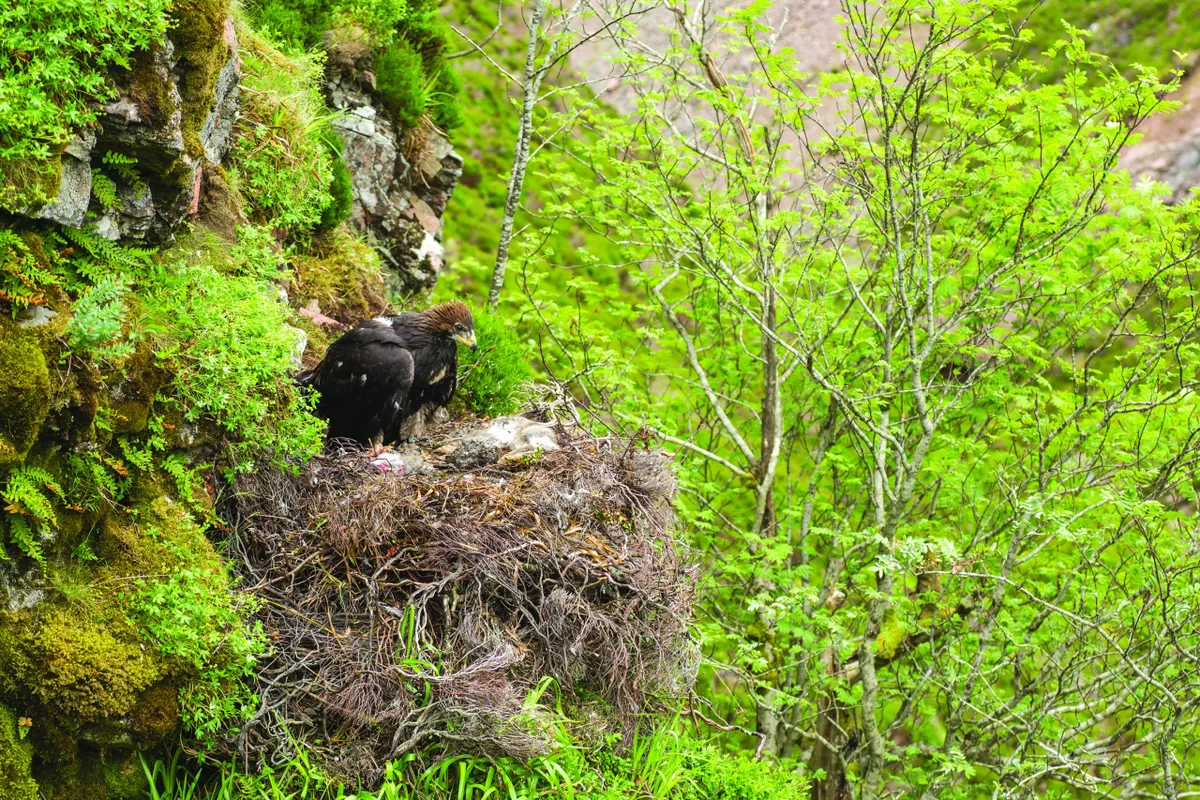
What is a bird's nest and what are they made of?
At its most basic, it’s a place to keep eggs or young safe. The classic bird’s nest – the sort a child might draw – is cup-shaped, tightly woven from twigs or grass, with a snug lining of mud, moss, sheep’s wool or feathers.
Often foraged silk from spiders’ webs is the organic glue binding it all together. Many small songbirds build nests like this, mainly because their chicks hatch blind and naked, so for a fortnight or more need to be kept warm, sheltered against the elements and hidden from predators.
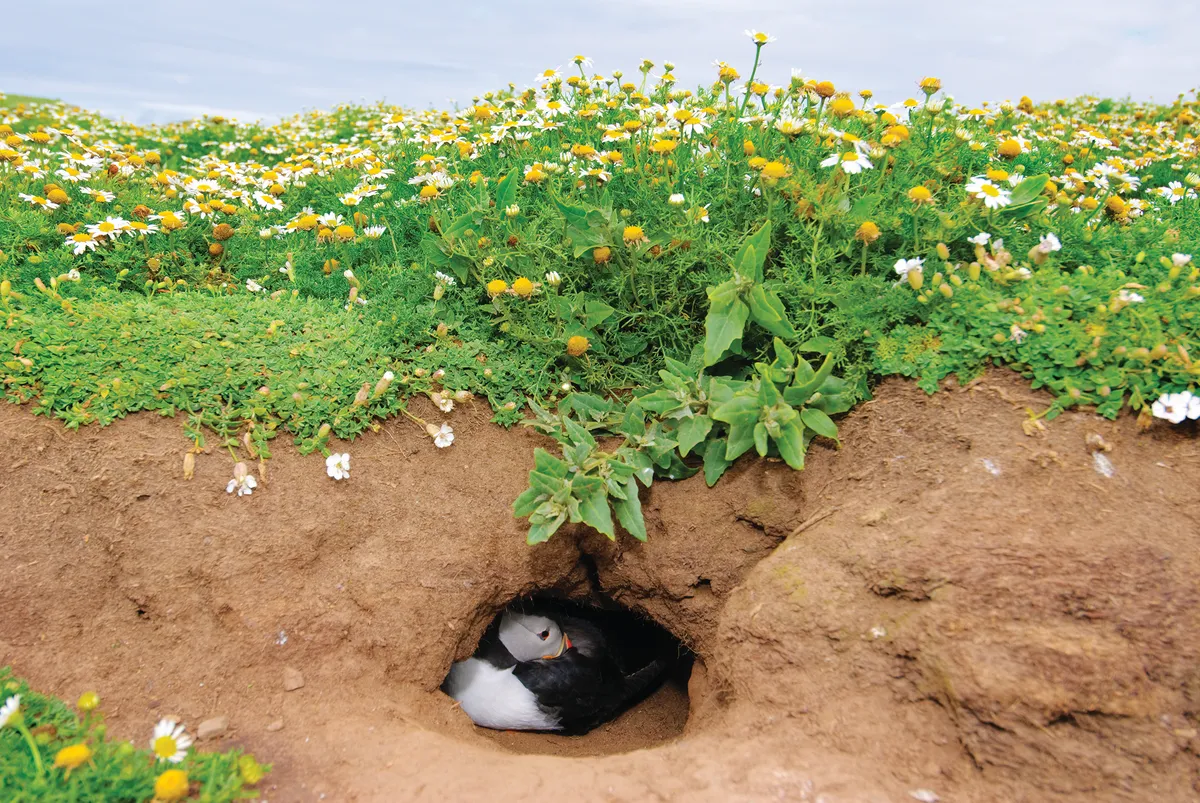
Nest varieties
British birds create an astonishing variety of nests, from the giant eyrie of sticks passed down by generations of golden eagles in a Highland glen, to the intricate domed nest of long-tailed tits deep in a holly hedge or the floating waterweed platforms assembled by grebes and swans.
Some birds borrow and make-do – puffins move into empty rabbit burrows, red kites take over old crow nests, while an old boot is an ideal pied-à-terre for a robin. A few species – curlews and lapwings in rough pasture, terns among coastal shingle, cliff-side gannets for example – make hardly any nest at all. Even these birds, though, have a fierce sense of ‘home’ and will try to defend their patch. Not for nothing do the neighbours in an island gannetry sit bill-stabbing distance apart.
Until the 1960s, bird’s-nesting was a childhood rite of passage, with Sir David Attenborough and Bill Oddie among the many naturalists who admit to having pinched a few eggs, or a whole nest, for their collection. Nowadays, wild birds’ eggs and nests are – quite rightly – strictly protected. Still, we have lost something: who these days knows where to find a skylark’s nest scrape in a field, or how to locate a hen chaffinch incubating among the shrubbery?
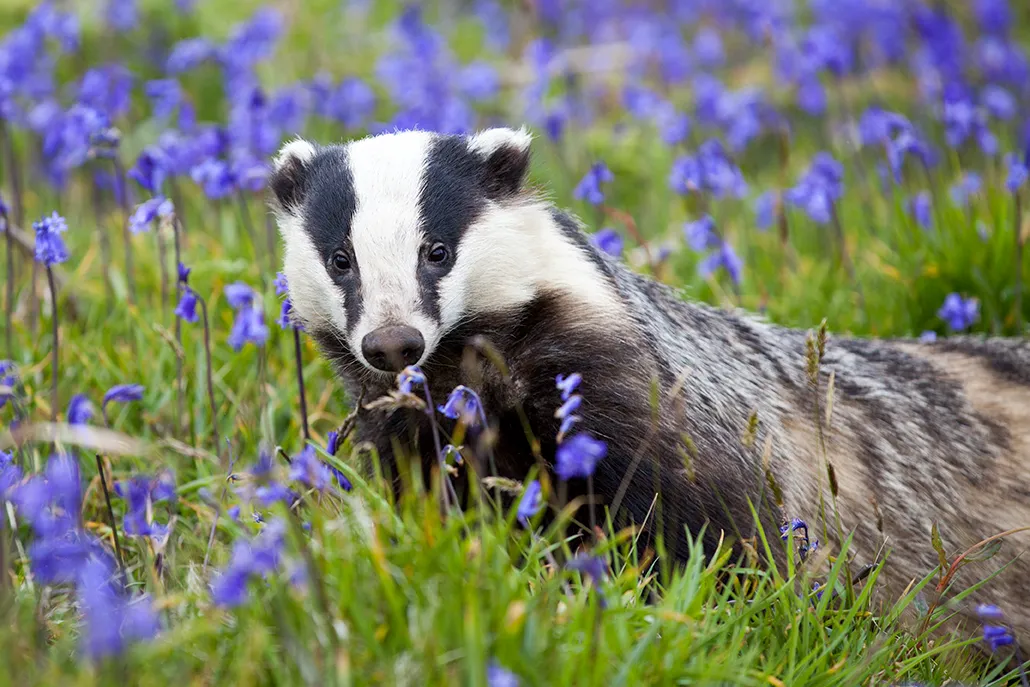
How do birds build their nests?
The nest-building process is fascinating to observe and wholly instinctive. Nevertheless, practice also makes perfect: more experienced birds tend to rear more offspring.
Male or female may make the nest, depending on the species, or it may be a joint effort. A male wren goes to the trouble of constructing several exquisite structures – “Among the dwellings framed by birds/In field or forest with nice care/Is none that with the little wren’s/In snugness may compare,” wrote William Wordsworth – only for his mate to choose just one (the others aren’t used).
But it’s worth it. Nests are the ultimate investment in the future – we do, after all, talk about building up a ‘nest egg’.
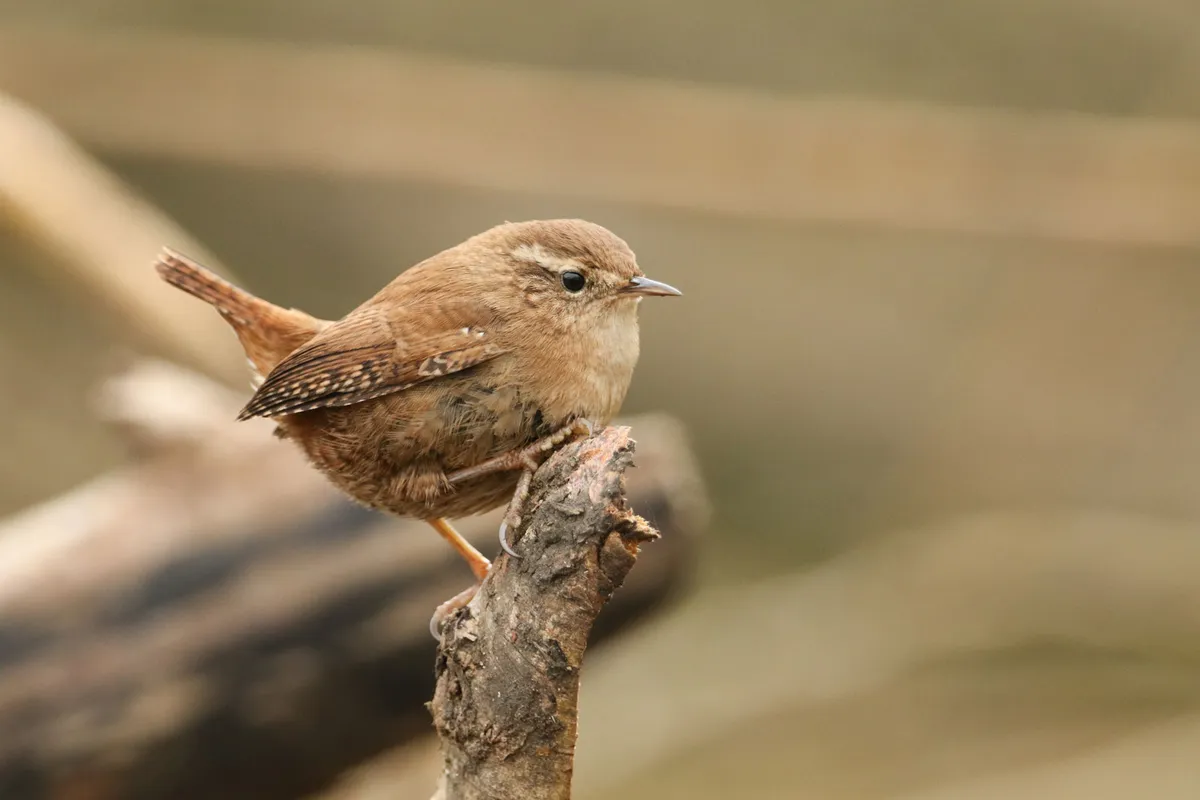
How easy is it to build a nest?
You will need: sticks, mud, feathers
On your next walk or from your window, see if you can spot a nest in the trees. Discuss what bird species might use the nests. What might they be made of? How does a bird build a nest?
Using the materials above, work together to make a nest using just one hand – after all, a bird only has one beak! This may prove quite difficult at first. You can resort to using both hands if needed, contemplating out loud how much skill birds must have to build such safe nests for their chicks.
Which other animals build nests?
Birds aren’t the only ones to fashion elaborate homes for themselves, of course. Mammals, reptiles, insects and even some freshwater fish do, too.
Rabbit and badger families inhabit their burrow complexes year-round, seldom venturing above ground in the worst weather, and their earthworks in turn provide habitats for other creatures and wildflowers.
Dormice, meanwhile, make separate summer and winter nests, the latter for months of hibernation, from November to April or even May.
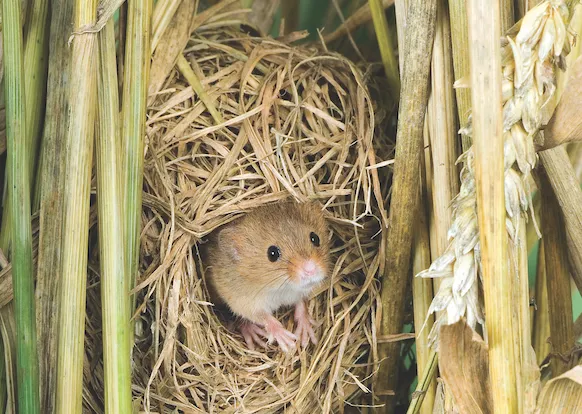
Arguably, the ultimate nest in Britain belongs to the common or garden wasp. The queen starts work in April or May, cutting slivers of wood with her scissor-like mandibles and turning them to papier-mâché, later helped by her army of female workers. Many a loft or shed has one or two magnificent wasp nests under the roof with their distinctive papery walls, slowly decaying like the lost cities of an ancient civilisation.
What are Britain's most unusual nests?
Great crested grebe
Grebes nest at the edges of lakes and in the quiet backwaters of canals. Each pair fashions a floating heap of waterweed and pieces of reed or sedge, anchored to reeds or other vegetation. The birds add to the untidy muddy structure over the breeding season, often incorporating bits of rubbish. Should the water level rise or fall, the nest will generally move with it, saving the precious eggs.

Common wasp
Learn to love the wasp! This social insect is a valuable pest controller in gardens and fields. It lives in colonies ruled by a queen who occupies the heart of the paper palace they build together by chewing wood fibre into a pulp-like paste. This edifice is full of perfectly arranged hexagonal paper cells in which the grubs are raised; by midsummer, up to 10,000 wasps may call this home. Nests are empty by autumn and not reused; next spring, a new generation of queen wasps starts afresh.
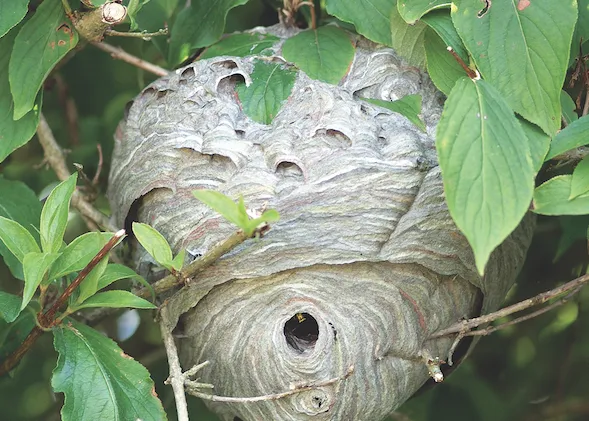
Red wood ant
They may be small, but these industrious insects are impressive architects, making mounds of twigs and pine needles up to two metres high. You usually find the huge heaps in open, sunny woods, especially if there are conifers such as Scots pine. Intruders are confronted with hundreds of angry biting mandibles and may be sprayed with formic acid. Try carefully placing a hand near the nest: it will end up smelling of vinegar.
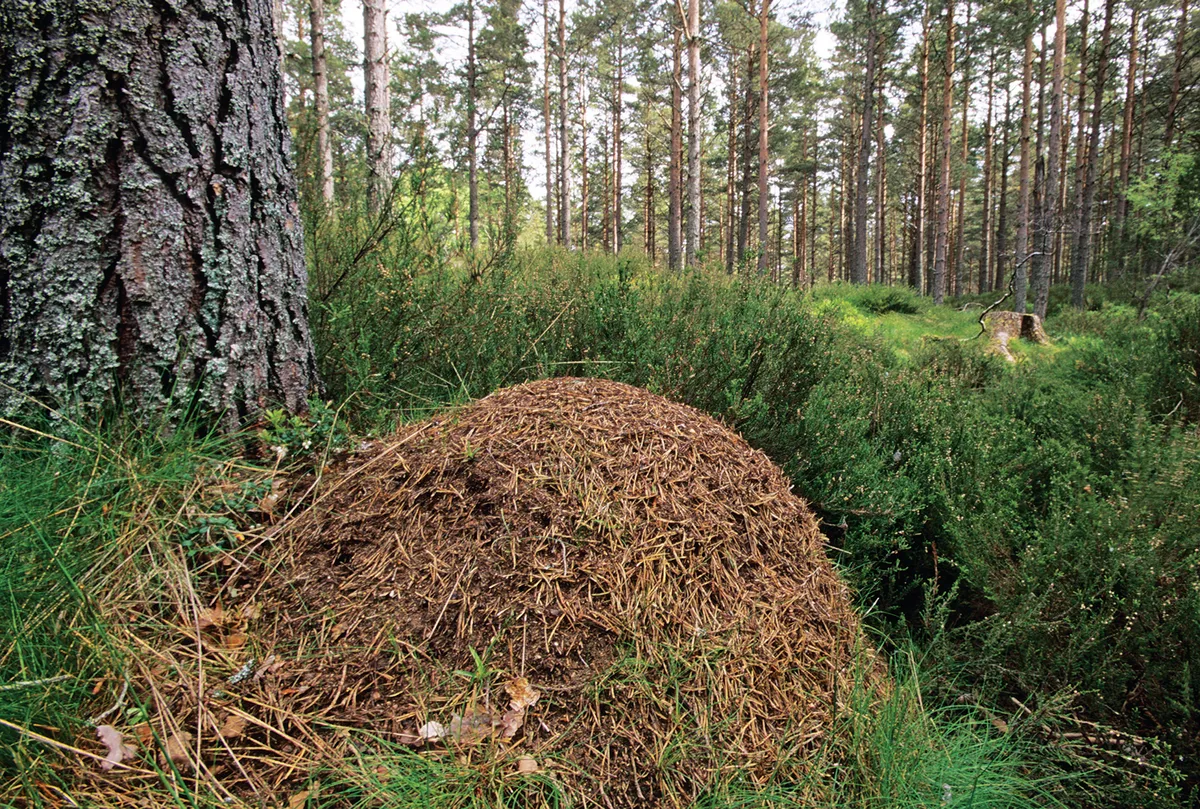
Long-tailed tit
Exceptionally well camouflaged and typically hidden deep within a gorse or holly bush or hedge, this handsome, oval nest of lichen and moss is held together by cobwebs and hair, with a small entrance in one side. Both male and female take part in the construction. The nesting chamber inside is lined with thousands of tiny feathers. Unusually, other family members – often the young from previous broods – help the main pair raise the family.
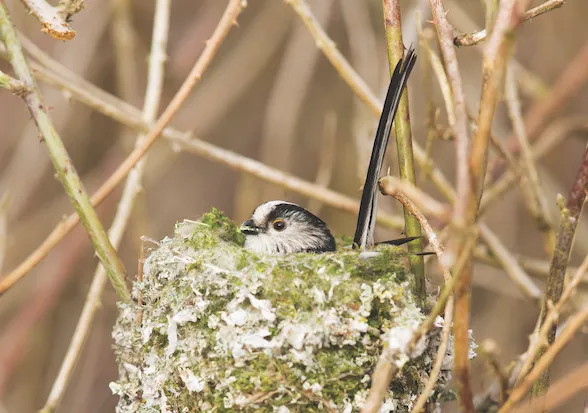
Guide to Britain's tit species
Harvest mouse
This micro-mouse weighs a fraction more than a 10p piece. Its bijou nest used to be a frequent discovery during the harvest, but spotting one now is rare. You’re most likely to find the orange-sized ball of neatly woven grass stalks at knee to chest height in traditional meadows, reedbeds or scrub.

Kingfisher
Our most accomplished avian tunneller is rivalled only by the sand martin (the water-loving cousin of the house martin). The male and female take it in turns to dig into a sandy bank beside a slow-moving river, lake or gravel pit, finishing with a burrow up to a metre long. At the far end is a snug nesting chamber. Some pairs raise two or even three broods in a summer and, remarkably, excavate a fresh tunnel for each.

Hedgehog
Britain’s prickliest mammals spend the day in cosy nests tucked into the bottom of a hedgerow or among dense undergrowth. The hogs like to curl up in a substantial bed of dry leaves, moss and grass. Rural and suburban gardens are an increasingly important habitat, and here they’ll move into custom-made ‘hedgehog houses’, though they’re equally happy living under a shed or decking. Hedgehogs hibernate in their nests from November or December to about March.

British Hedgehog guide
Three-spined stickleback
Everyone’s favourite tiddler, the stickleback is less common due to a decline in water quality, but is still an abundant fish. In spring, the male flushes scarlet and weaves a streambed nest from small pieces of debris. If he’s lucky, it will attract a female, who lays her eggs. Studies show that fancier nests decorated with plenty of colourful weed and sticks are more likely to win a female over.

Swallow
Once, swallows nested in caves or on cliffs; today, almost all use buildings, from barns and sheds to church porches. The nest cup is plastered on to a beam, rafter or ledge using many gobbets of wet mud, and the male and female make well over a thousand trips to complete it. Swallow ‘real estate’ is valuable, so birds head back to reclaim their nests as soon as they return from Africa in spring.
